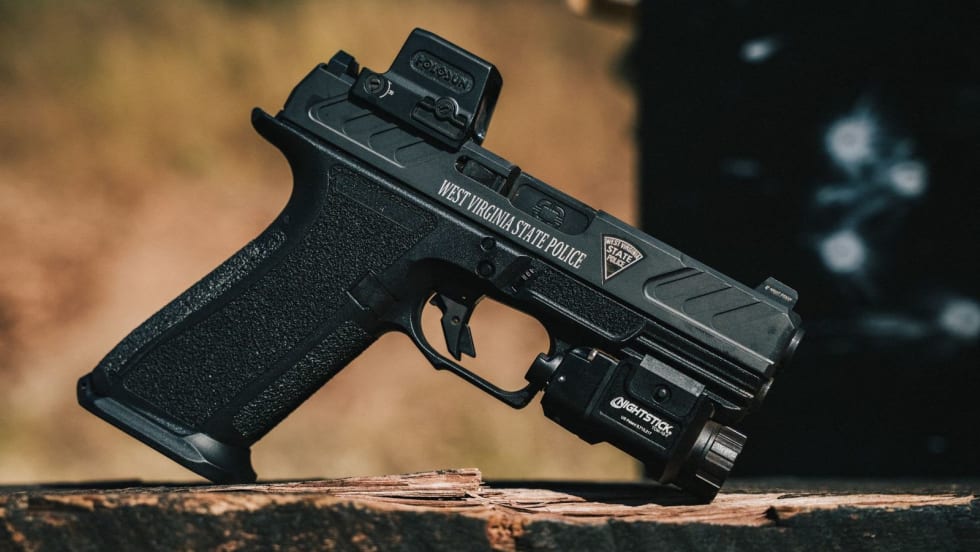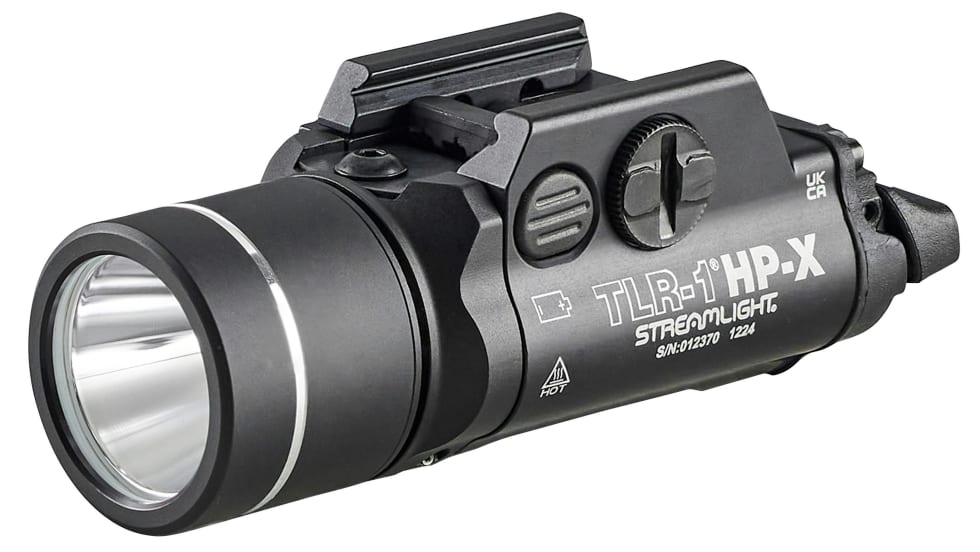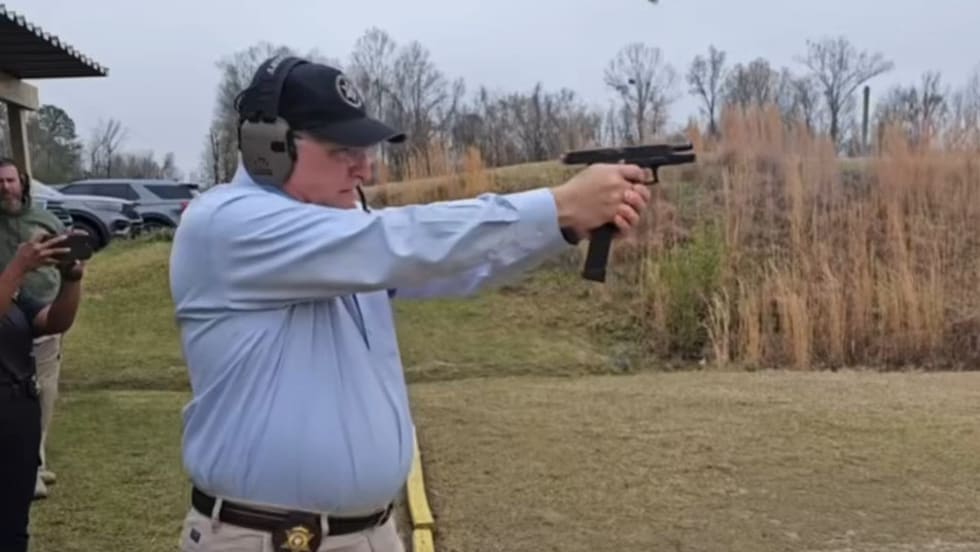Some time back Chief R.E. Cogdell and I were checking an abandoned home during a search for a burglar. It was dark, and we had our Colt .45s in retention position. We were familiar with the unexpected and bizarre sights in hovels abandoned by humans. Large dolls can look like babies, for example. And this house seemed to have been as carefully orchestrated as any Halloween spook house. I opened a closet and a large cat leaped off the top shelf literally over my shoulder. I started, but my finger stayed off the trigger. The chief didn’t move, but he had a good laugh. But if my finger had been on the trigger when that cat jumped out at me, neither one of us would have been laughing. Thankfully, I did not experience a startle AD.
Like the startle AD, an imbalance AD happens when you least expect it.
A recent imbalance AD involved a SWAT team that was stacked up and ready to make an entry. As they made their move, the second man in line slipped. He righted himself with his left hand but his finger was on the trigger of his Glock, and it fired a shot because of sympathetic constriction of his trigger finger. The shot struck the point man in the back lodging in his vest. A little higher or lower, and this SWAT team would have lost a member.
Interlimb reactions are well understood by physical therapists. The human body is bilaterally symmetrical, which means when your weak side or support arm is handling a suspect or even during a search, your gun hand can tighten up and your trigger finger can squeeze.
This interlimb reaction is sufficiently well researched and documented that therapists use its reaction to their benefit in treating patients who have suffered nerve damage in one limb. However, in a tense situation, interlimb reaction is not so beneficial and can lead to ADs.









